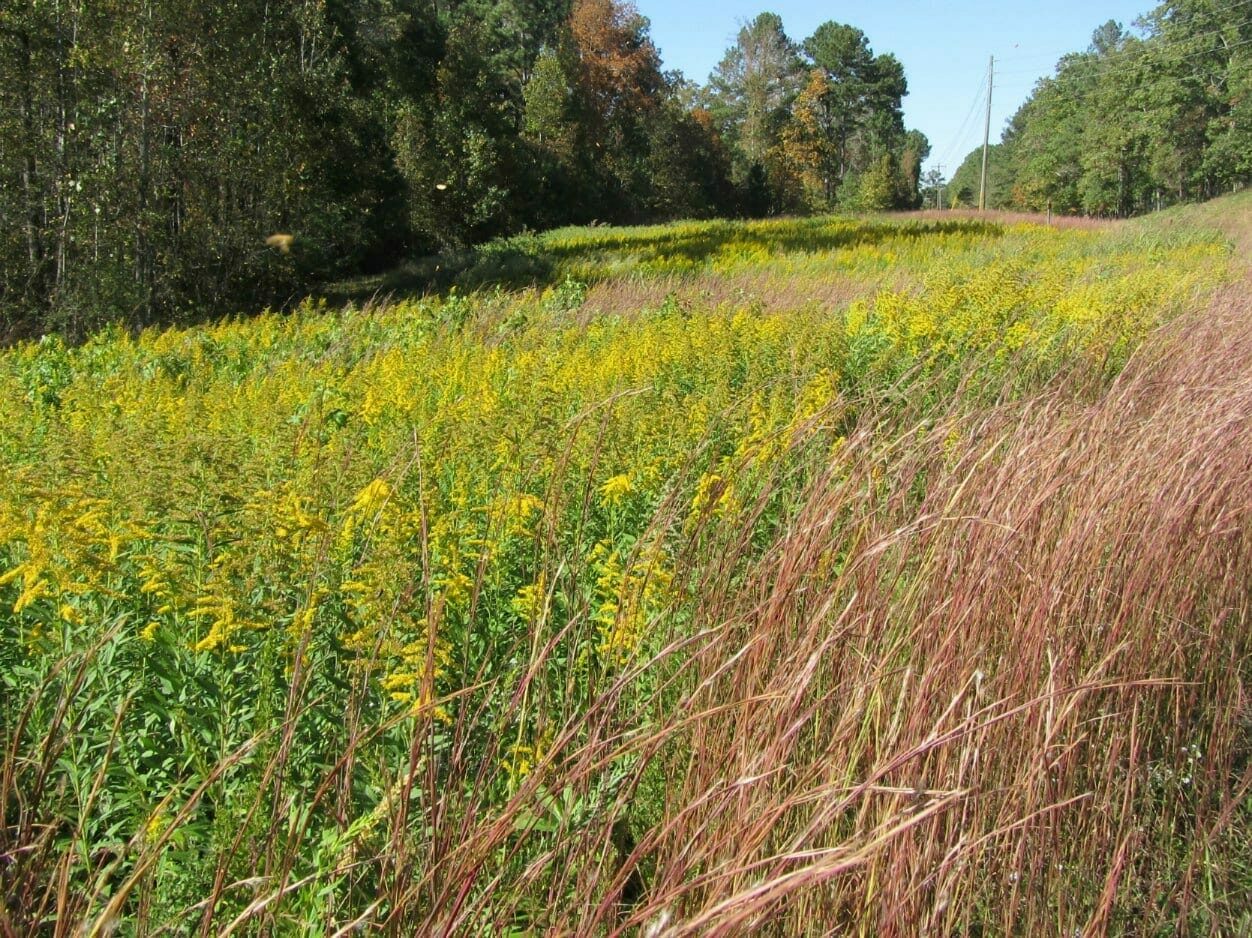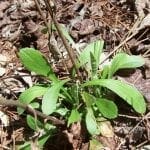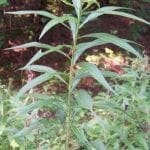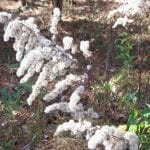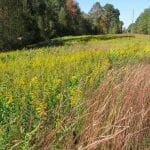- Basal foliage in spring, sometimes evergreen
- Mature foliage
- Ripe seed heads
- Close up of flowers
- On roadside with native grasses
Scientific Name:
Solidago canadensis
Common Name:
Field Goldenrod
Scientific Name Pronounciation:
so-li-DAY-go ka-na-DEN-sis
Plant Type:
Perennial
Plant Hardiness Zones:
3-9
Plant Hardiness Zone(s):
Usual Size:
36-72 in. H x 18-24 in. W
Flower:
Dense 12-inch-long yellow flower clusters are plume-like; flowers attached along only one side of arching branches; flower 1/8 inches with rays of 10-11 petals.
Bloom Time Notes:
Fall
Leaf:
Alternate, rough-textured lance-shaped grayish leaves are sessile, sharply to finely serrate.
Fruit:
A seed.
Wildlife:
Used by long-tongued bees, short-tongued bees, wasps, flies, beetles, and butterflies. The caterpillars of many moths feed on the foliage.
Natural Habitat:
Dry open woods, old fields, meadows and roadsides.
Propagation:
Seeds; division (rhizomatous roots).
Bloom Time:
Sun or Shade:
Companion Plants:
Cultural Notes:
Field Goldenrod (Solidago canadensis) is an aggressive, rhizomatous perennial that has high wildlife value. Not a "garden friendly" plant unless sited in drier conditions or perhaps a pot, but perfectly fine for large spaces where space control is not an issue.
Other species of goldenrod (Solidago) are clumpers and do not have aggressive roots. See Solidago erecta and Solidago nemoralis.
Contrary to popular belief, goldenrod is not a source of fall allergies because its pollen is not light enough to be transported on the wind. Goldenrods are insect pollinated and highly sought after by native bees and butterflies for pollen and nectar. Fall allergies are associated with wind-pollinated plants such as ragweed (Ambrosia artemisiifolia), an annual plant with greenish flowers that is often unnoticed.
Other Common Names: Tall Goldenrod, Canada Goldenrod
Other Scientific Names: Solidago altissima, Solidago canadensis var scabra

